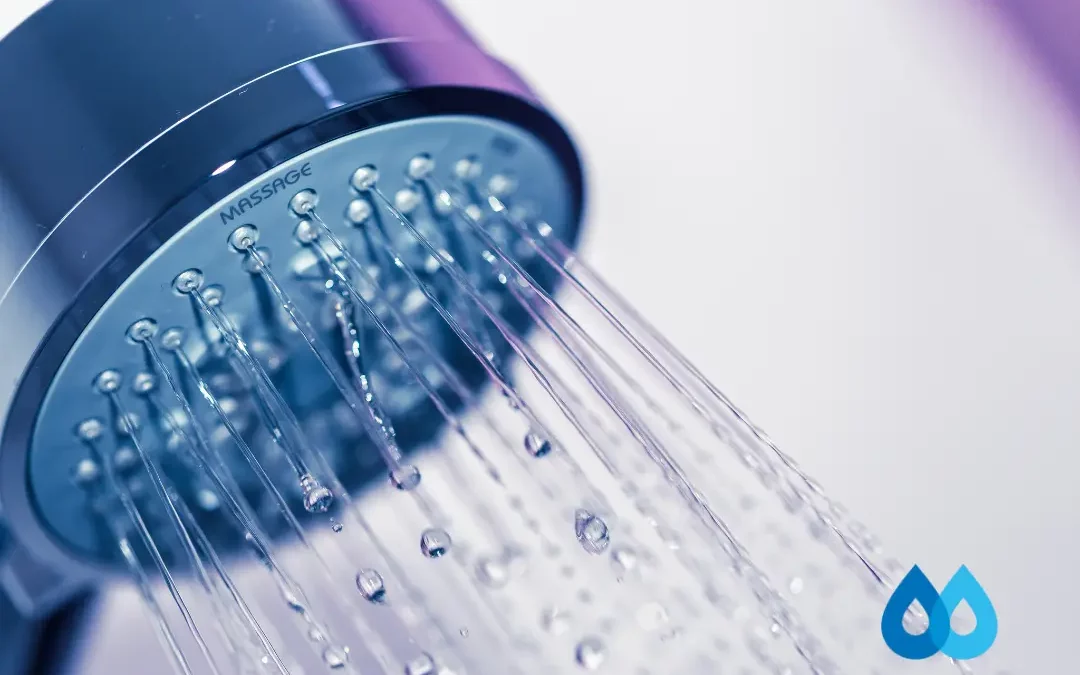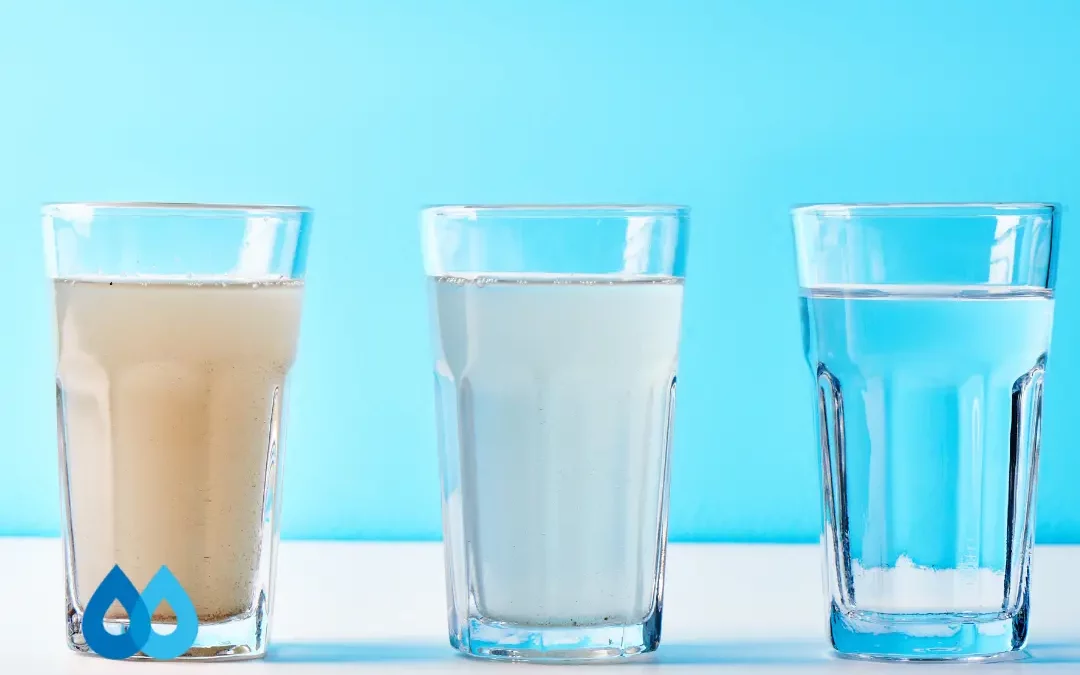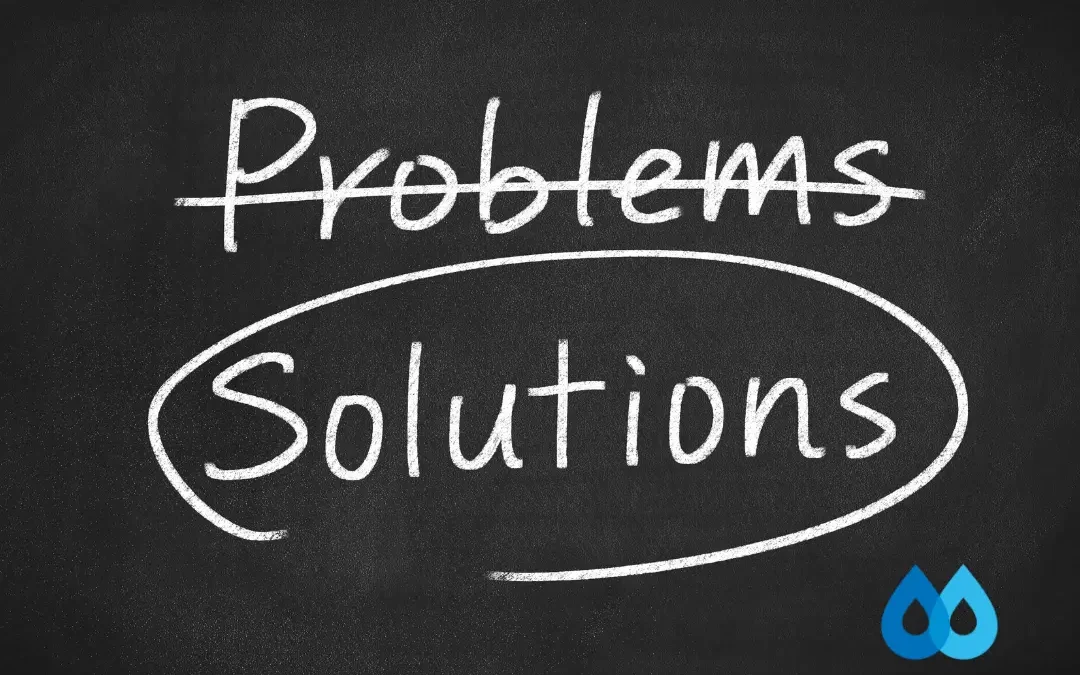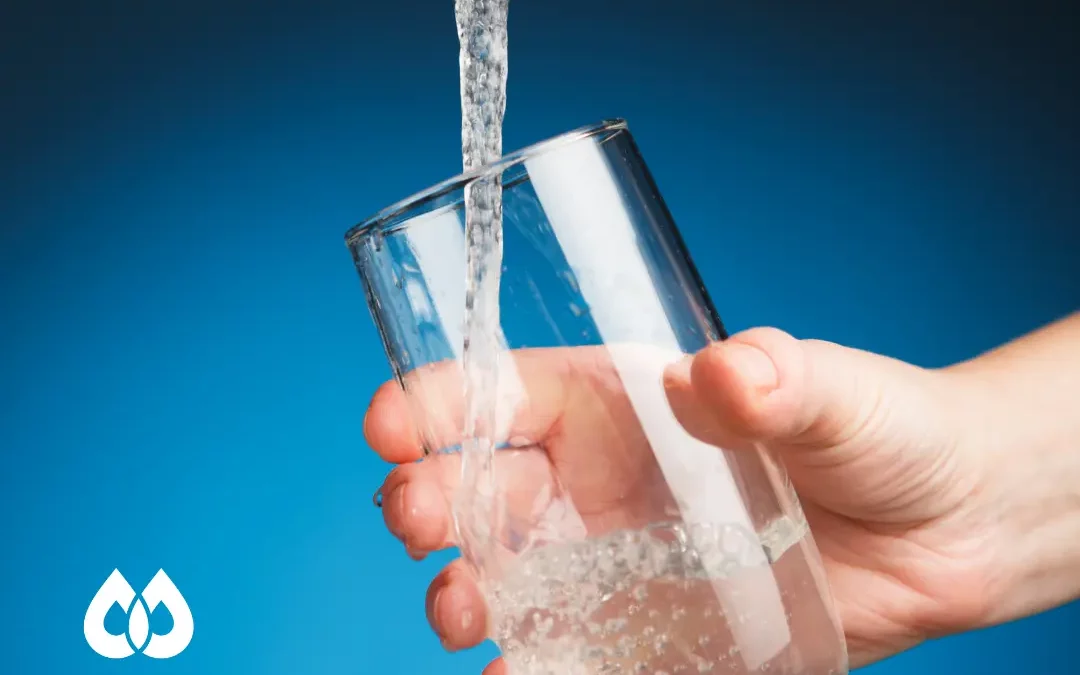The topic may be disgusting and slightly disturbing, but it is present and should create further discussion. When it comes to our water, most consumers agree that they would do almost anything to have it be safe and pure. But the truth is, there are too many contaminants in our drinking water to be sure about that. New information is arriving daily, causing precaution and even some concern for the safety of our drinking water. Animal waste has become a recent concern, according to a new article from care2.com. To supply the demand Americans have for eating meat and drinking milk, livestock production has turned to “concentrated animal feeding operations (CAFOs) as the new business model, growing high volumes of cows, pigs and poultry within short time spans and in the smallest spaces possible.” But increased amounts of livestock means increased amounts of animal waste which could be contaminating our drinking water.
These “factory farms” are designed to be efficient at producing meat, but they also generate enormous amounts of manure. “Livestock animals create 13 to 25 times more of it than humans, on a per-weight basis, resulting in quantities from a single large CAFO that can surpass the sanitary waste production of a city as large as Philadelphia.” The treatment is not required for animal manure as it is for human sewage, so the obvious question is, where does all the waste go?
According to the article, there is growing evidence that the CAFO-generated contaminants are ending up in the waters that consumers use for commerce, recreation, and maybe even drinking and consumption. Spills can happen easily, and treatment facilities can break down. But there is another issue that could be even more disturbing. There are the negative impacts resulting from the over-application of animal solid waste to crops. Spreading livestock manure in quantities greater than the plants can use or the soil can absorb can cause severe water quality problems and thereby harm human health because of the larger quantities at these facilities. It can help crops grow, sure, but how safe can it be?
It states in this article that “states must document the waters that have become degraded in order to comply with the federal Clean Water Act.” However, only 27.5 percent of rivers and streams and 45.5 percent of lakes nationally have been assessed. To relieve some of this concern over the contamination of your drinking water, we offer many solutions for home drinking water systems. Our products are efficient, affordable, and will give you a peace of mind. There are too many contaminants in our water to drink from the tap without asking questions. Our drinking water systems are a proactive approach to keeping your family safe and healthy.



